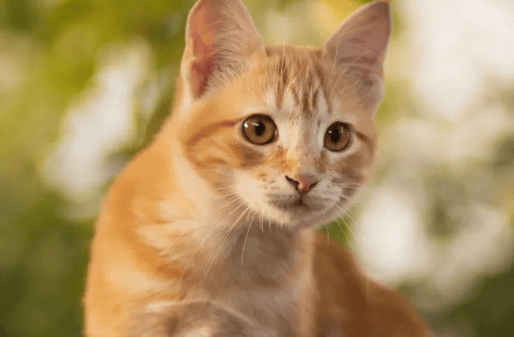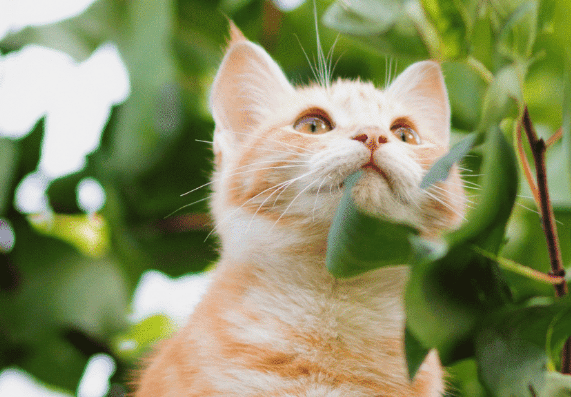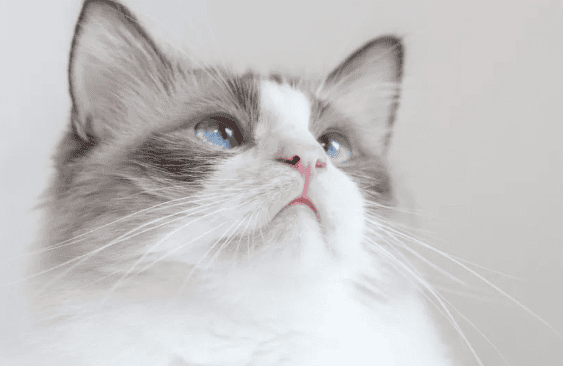1. What is feline infectious peritonitis
Feline infectious peritonitis is a slow, progressive and fatal infectious disease caused by specific mutations of feline intestinal coronavirus. Its main characteristics are: Peritonitis and ascites in cats. The disease is found around the world, mostly in Europe and South America, and cats of all ages and genders can be infected. There are three clinical types of feline infectious peritonitis. One is wet infectious peritonitis, which is characterized by peritonitis and large amounts of ascites. The other is no obvious symptom changes in the whole body, and only obvious fibrin blood clots, retinal hemorrhage and other uveitis appear in the eyes. Dry feline infectious peritonitis characterized by inflammation; and mixed feline infectious peritonitis with dyspnea, decreased vision, pyometra, miosis and vomiting symptoms of wet peritonitis.

2. Diagnosis of feline infectious peritonitis
(1) Clinical manifestations
The body temperature fluctuates high and low; anorexia, weight loss; abdominal edema; iris discoloration with inflammation, and eyeballs become cloudy.
(2) Fluid effusion examination
Thorax and abdominal X-rays showed a small amount of effusion in the pleural cavity, a large amount of fluid effusion in the cat’s abdomen, and no obvious pericardial effusion. Use a B-ultrasound guided puncture needle to puncture the abdomen to collect fluid. The fluid is yellow-green and highly viscous.
(3) Fecal examination
Fecal examination can detect whether parasites are present in the sick cat, thereby diagnosing whether the sick cat has a gastrointestinal virus or insect infection.
(4) Ascites five-part laser cytology test
Ascitic fluid five-part laser cytology test showed that the total number of nucleated cells and the total number of white blood cells was high. If the result of the Lifantra test of abdominal fluid is (+), it means that the ascites tested is exudate caused by inflammation.
(5) Test paper detection
Use feline coronavirus antigen rapid diagnostic test paper (FcoV) for determination.
Based on the clinical examination results, fluid analysis and coronavirus antigen results, it can be initially diagnosed whether the cat has feline infectious peritonitis.

3. Prevention and control of feline infectious peritonitis
(1) Reduce the risk of domestic cats and Opportunity of feces contact
A litter box can be used by up to two cats at the same time. The litter box and surrounding environment must be cleaned in time. After cleaning, disinfect with disinfectant. The cat litter box should be kept at a certain distance from the food bowl and placed in a location that is convenient for cleaning.
(2) Suitable living environment
It is best not to raise them in groups to prevent cross-infection of feces. Try to raise them indoors and keep the room ventilated and dry. There should be no more than 8 to 10 cats living in each area at the same time, and the number of cats kept in groups is limited to 3 to 4.
(3) Conduct regular physical examinations
Before new cats enter the group, it is best to isolate them from negative cats. The female cat should go to the pet hospital for serological testing before giving birth. The female cat should be moved to the isolation delivery room 1 to 2 weeks before giving birth. The room used for the isolation of kittens should be isolated and disinfected one week before. The litter box and food bowl in the kitten isolation room should be thoroughly cleaned and disinfected every day.
(4) To reduce the occurrence of strong stress, try not to change owners frequently and artificially cause stress.
(5) Enhance the cat’s immunity, strengthen the cat’s exercise, and provide it with a healthy, nutritious and comprehensive diet. Cats are carnivores, so the amount of meat they eat should be appropriately increased.

4. Treatment of feline infectious peritonitis
Currently, there is no clinical treatment for feline infectious peritonitis. Effective treatment drugs generally first use antiviral, anti-exudation and other treatments according to the condition of the disease. Symptomatic treatment methods are as follows:
(1) Immunological drugs: high-dose steroids and cytotoxic drugs.
(2) Prevention and treatment of secondary cell infections: broad-spectrum antibiotics and antiviral drugs.
(3) Nutritional support: Forced feeding through gastric tube, combined with infusion to replenish body fluids to relieve symptoms such as dyspnea.
Currently, Chinese residents are very interested in keeping pets, especially pet cats. Therefore, special attention should be paid to the prevention and treatment of feline infectious peritonitis when raising pet cats or in animal shelters.

 扫一扫微信交流
扫一扫微信交流
发布评论